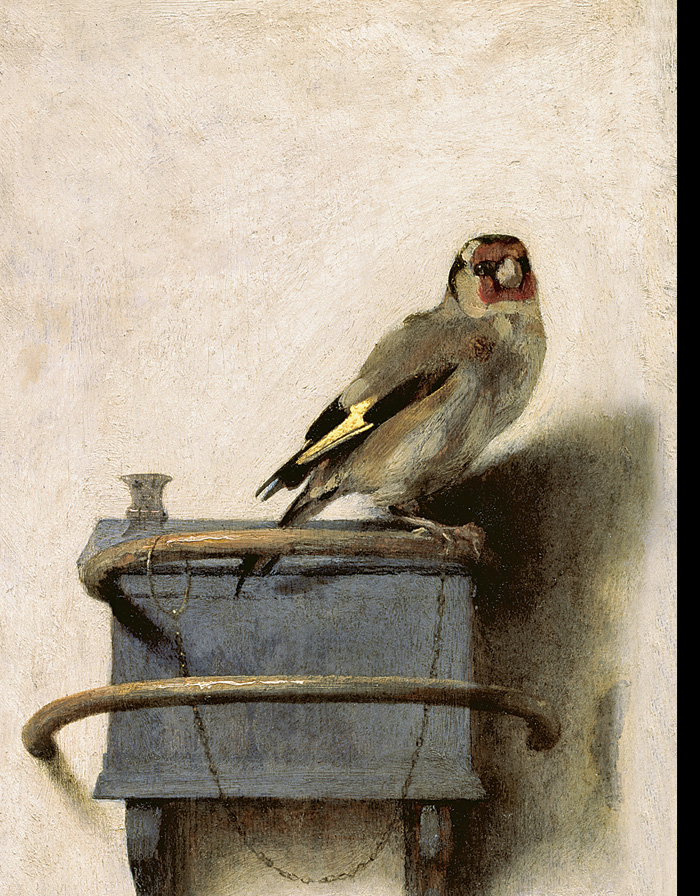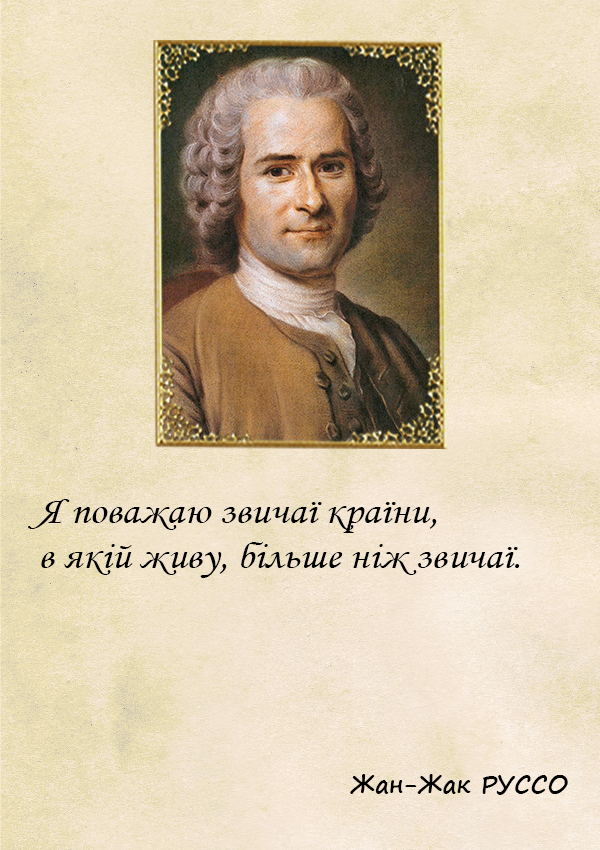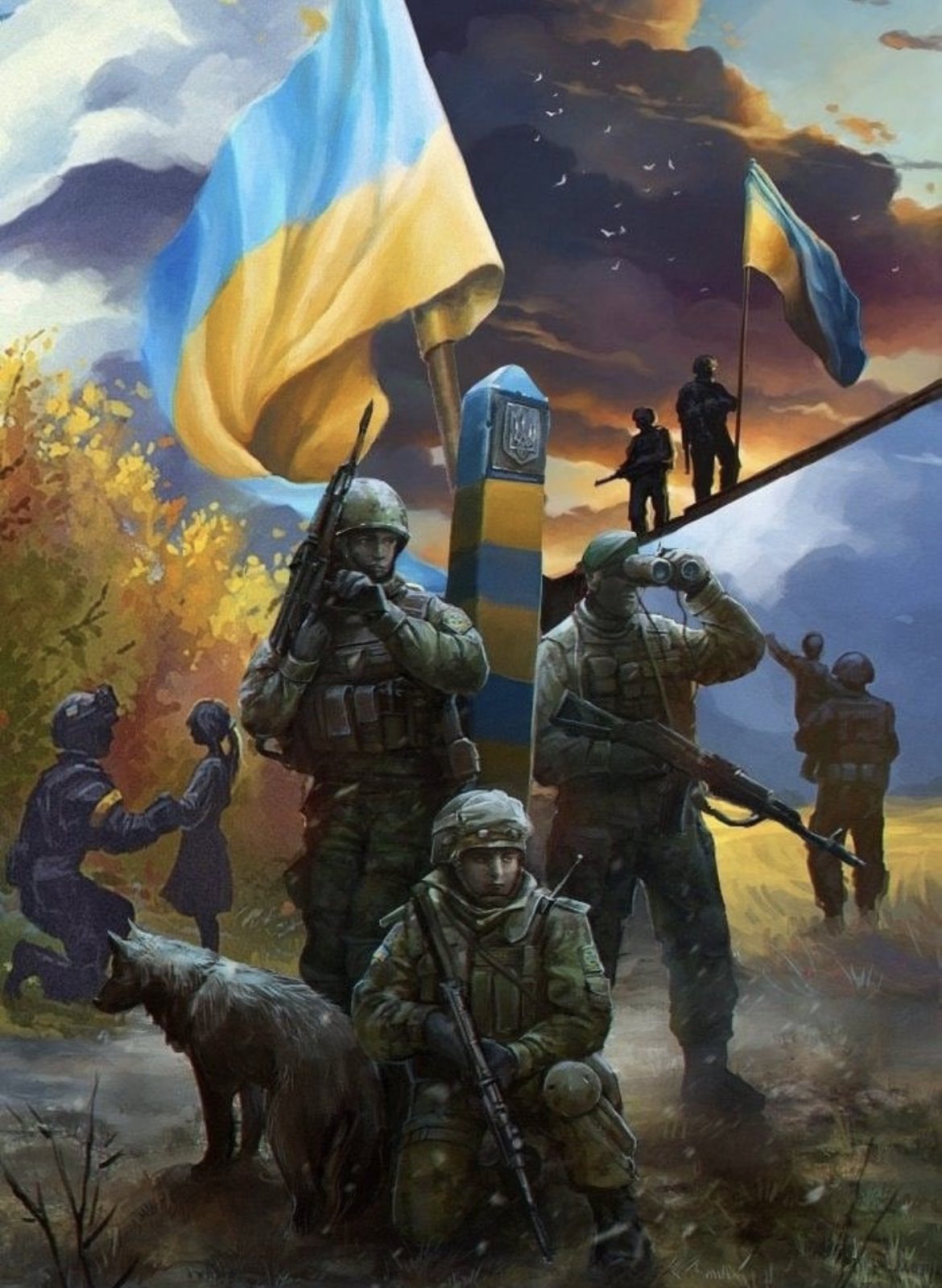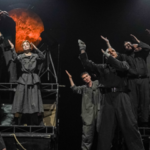
(book review)
Foremost, perhaps, I must say Donna Tartt wrote this book for ten years ─ however, like her other two novels. Thanks to this scrupulousness, the author generated a fascinating story in which everything was laid out, built and described in such a way as to create the effect of presence in the reader (which is facilitated by the first-person story). Tartt describes rooms, paintings, landscapes, aromas, appearance, weather, insignificant details with such proper attention that what is described leaks through the text into the reader’s world and becomes his surroundings. And the transfer of subtleties of color shades undoubtedly deserves a separate review.
The plot revolves around a 13-year-old boy, Theo Decker, who loses his mother in an explosion while they examine valuable paintings in a city museum. Theo, having miraculously survived, in a state of shock brings out a picture that fascinated his mother ─ “Goldfinch” by Karel Fabricius. It is baffling to understand why he decided to bring it, but it is even more puzzling to find out why he could not part with it. It was enough for him to remember that the picture behind the bed was unusual, how he was undergoing a panic attack and horror not giving in to logical awareness. This is the core theme of the novel: art miraculously transforms us and while admiring and terrifying with its beauty, it captivates us and does not let go.
The book is designed so that we live together with the leading character, moving along the story as he did. Most of all I liked how skillfully Donna Tartt changes the style of the text as the protagonist grows older: the vocabulary, the complexity of sentences, the way of thinking, the nature of actions are changing. And growing up proceeds smoothly, without sharp jumps, without any “after 5 years. And you observe every stage, every wrong decision; you feel the whole palette of emotions of the hero.
Another unique feature of the novel can be called its “artificial antiquity.” The events undoubtedly take place in the twenty-first century, in modern New York, Vegas and Amsterdam; everyone is familiar with the concepts of “mobile phone” and “Internet”, but all the characters live in a static nineteenth century: they dress up in custom-made suits, are fond of rare art and restoration of antique furniture, do not use social networks and in every possible way isolate themselves from the modern world by hiding in the smell of old things and scattering books.
As a result, we enjoy this modern novel with a taste of the nineteenth century, reminiscent of Dickensian stories: there is an orphan boy, a girl with a pure heart, a good fairy godfather, robbers (the Russian mafia) and even a Christmas breakfast in conclusion, ─ the story of heavy growing up, big losses and the double nature of art.
I do not know what to say about the recent film adaptation of the novel, but the book is definitely worth reading. My rating is 10/10.


























































Залишити відповідь